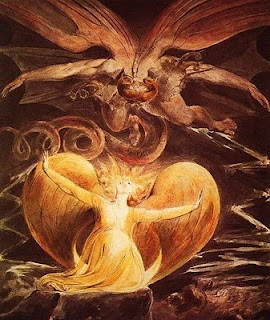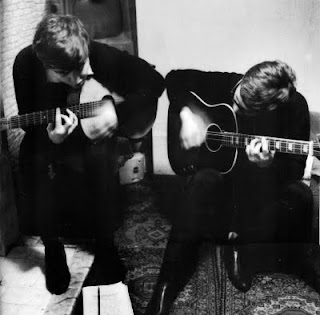Emptiness is such a vast realm that one can easily become immersed into it. In fact, the problem was born with man, so it can even be argued that loneliness and ultimately alienation are the all too natural circumstances towards which humankind has been leading its ever clumsy steps, from the dawn of this world on. (Can't help but being reminded of Stanley Kubrick's 2001: A Space Odyssey.) It's all about our perfectly mysterious origin, and the hole that we all have inside because of it. The original sin, unlimited beyond any physical and imaginary boundaries.
More and more, we manage to discern through a history too painful and bloody to be a lie, only to realize a rather unpleasant certainty: Our sister, our brother, our neighbor, that beloved friend is the alien. This is a consequence of many shades, but there is no denying that the condition we are talking of will be the cause of this planet's actual demise. Because man was born with it, not only his death but every other creature's death is the price to pay for getting rid of universal loneliness. Emptiness in a cosmic scale, that is.
By 1968, the year Kubrick's landmark sci-fi epic was released, Michelangelo Antonioni's take on the subject matter had long already established itself as both illuminating and controversial, prompting audiences around the world to regard a seemingly new phenomena. Even though Antonioni's opera were predated by the works of French existentialists Jean-Paul Sartre and Albert Camus (author of the novel L'Étranger) for instance, his voice remains closer to our understanding --willing or not-- of such vital yet abstract issues, if only for all its modernist attachments and escalating urgency. A timeless, often startling humanism captured on film, indeed.




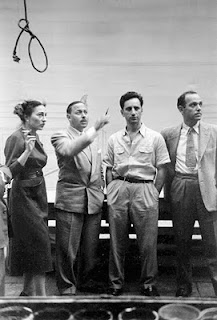

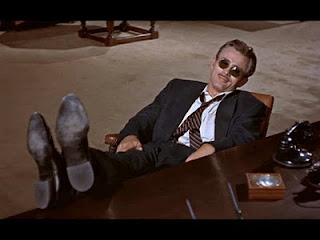





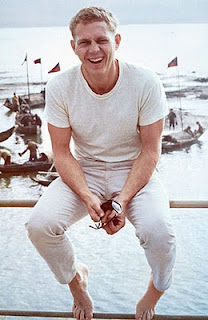








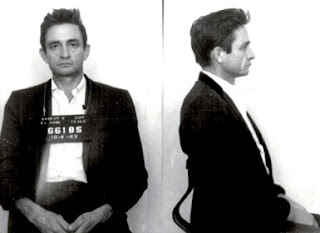
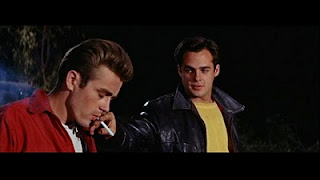
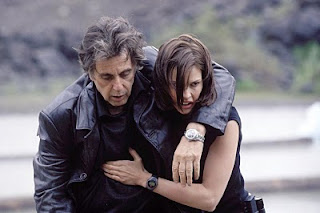


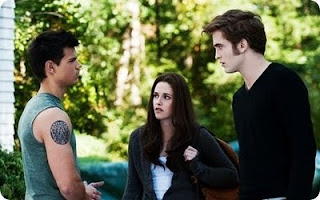
.jpg)
